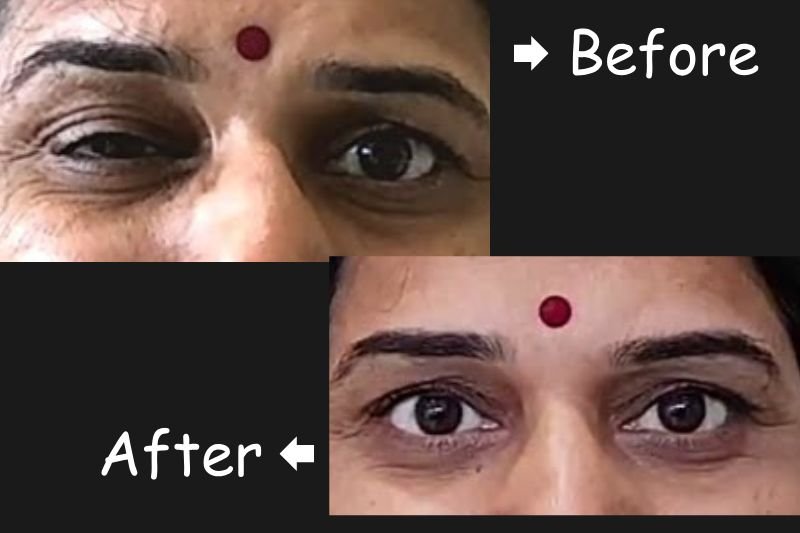NDP EyeCare | Dr. N D Patil | Dr. Gaurav Patil | Cataract | Glaucoma | Oculoplasty | LASIK
Our Latest Equipment is Best to keep your Vision perfect like Eagle!

What Are Facial Spasms?
Common Causes of Facial Spasms
Facial spasms can occur due to several underlying reasons, including:
- Nerve Compression: Pressure on the facial nerve (often by a blood vessel) is one of the most common causes.
- Neurological Disorders: Conditions such as multiple sclerosis or brainstem tumors may trigger facial spasms.
- Stress and Fatigue: High stress levels, lack of sleep, or eye strain can worsen spasms.
- Injury or Surgery: Trauma to the head, face, or previous surgical complications can affect nerve function.
- Idiopathic Cases: Sometimes, the exact cause may not be identified.
Symptoms of Facial Spasms
Patients experiencing facial spasms may notice:
Frequent twitching around the eyelid (eyelid spasm)
Involuntary pulling of the mouth to one side
Muscle contractions in the cheek, jaw, or chin
Eye closure during spasms, affecting vision
Increased severity of spasms during stress or fatigue
Discomfort or tightness in the facial muscles
Diagnosis of Facial Spasms
A healthcare professional may recommend:
Physical Examination: Evaluating muscle movements and triggers.
Neurological Assessment: To rule out underlying nerve or brain conditions.
MRI or CT Scan: To detect blood vessel compression, tumors, or structural abnormalities.
Electromyography (EMG): To measure electrical activity in facial muscles.
Treatment Options for Facial Spasms
The treatment depends on the cause and severity of the condition. Common approaches include:
Medications:
Muscle relaxants or anticonvulsants may reduce twitching.
Botox Injections:
Botulinum toxin injections are a highly effective treatment that temporarily relaxes the affected muscles, reducing spasms for several months.
Surgery:
In severe cases, Microvascular Decompression (MVD) surgery may be recommended to relieve pressure on the facial nerve.
Lifestyle Modifications:
Stress management, good sleep hygiene, and eye care can help minimize symptoms.
Supportive Therapies:
Physiotherapy, facial relaxation techniques, or yoga may complement medical treatment.
Complications if Left Untreated
While facial spasms are usually not dangerous, ignoring symptoms can lead to:
Persistent discomfort and muscle fatigue
Difficulty in social interactions due to visible twitching
Visual disturbances from frequent eyelid closure
Worsening neurological conditions in rare cases
Living with Facial Spasms
Managing facial spasms often requires a combination of medical treatment and lifestyle changes. Patients are encouraged to:
Follow their doctor’s treatment plan consistently
Reduce stress through meditation, breathing exercises, or yoga
Avoid excessive caffeine and alcohol, which can trigger spasms
Get regular checkups to monitor progress

